Features of growing a beautiful wallot at home
Some indoor plants are valued for their beautiful or unusual foliage, others for their abundant and long flowering, and still others are attracted by flowers that appear once a year, but amaze with their splendor. Such beautifully flowering plants include the beautiful vallot, which has another name - sublime cirantus.
Description of the plant
The beautiful vallot (Cyrtanthus elutus syn. Vallota speciosa) belongs to the amaryllis family. It is a bulbous plant that came to us from the Cape province in South Africa. As a houseplant, vallotu has been actively cultivated since the 17th century. This flower is a long-liver, one bulb, under favorable conditions, lives up to 20 years. The older the plant, the more abundantly it blooms.
The bulb has an ovoid shape, with age, its middle expands slightly, and it takes on the shape of a pear. Diameter - from 4 to 8 cm. The neck of the bulb is wide, smoothly into the leaves. Vallota forms many baby bulbs, which are located not at the bottom, but closer to the top.
The leaves spread out on two sides in a fan-like manner. The leaf is belt-shaped, the length is from 30 to 50 cm, and the width is about 3 cm. The middle vein of the leaf is poorly visible, because of this it seems flat. The color is dark green, and the base closer to the bulb is purple or red. A feature of the plant is that with age, the leaves that are below gradually turn yellow, then they wither and dry out. For lower foliage, this is a natural process. You should not remove those leaves that begin to die off. They fall off on their own, leaving dry scales in place, tightly pressed against the remaining leaves. Thus, a short stem is gradually formed.
The peduncle appears from the center of the bulb, it is hollow. It grows rapidly, up to two centimeters per day. Its final height is about 35 cm. Flowering begins 3 weeks after the appearance of the peduncle.
Flowering features
On one peduncle there are from 3 to 6 flowers. The flowers are similar to lilies, their length is 5-7 cm, and the diameter of the blossoming flower is up to 10 cm. One flower has 6 petals, 1 pistil and 6 stamens. The color is scarlet, orange or red. The saturation of the color depends on the lighting in the room - the wallot loves a lot of light. The flowering period of one flower is not more than a week, but due to the fact that all flowers open in turn, flowering lasts more than a month. The flower does not have a bright saturated aroma.
A plant over 10 years old blooms more abundantly and for a long time. One bulb can produce up to three peduncles, each of which has about 10 flowers. The peduncle is removed after flowering.
Important!
All parts of the plant - bulbs, leaves, peduncles and buds - are poisonous. Children and pets should not be allowed to it, and transplanting and pruning should be carried out only with gloves!
Vallotta landing rules
For planting bulbs, use low containers with a small diameter. A tight pot is a guarantee of flowering. It is optimal if there is a distance of 2-3 cm between the walls of the pot and the bulb. In a more spacious bowl, the plant will form many daughter bulbs, and because of this, there will be no strength and nutrition for the formation of the peduncle.
The pot must have several holes for the drain of excess water and a drainage layer at least two centimeters thick. Any material can be used for drainage - pebbles, expanded clay, pieces of polystyrene, clay shards.
The soil should be loose and nutritious.Purchased soil for flowering plants can be used, but if it contains a large amount of peat, then it can turn sour. A little sand, crushed bark or vermiculite should be added to such soil.
The mixture for planting a vallot is easy to make yourself. This will require:
- 3 parts of sod land;
- 1 part peat crumb;
- 1 part sand or vermiculite;
- 1 part bark, charcoal, shredded coconut fiber.
The transplant is carried out infrequently - once every 4 years. The best time for her is before the leaves begin to grow after a dormant period. Vallota bulbs do not like to be disturbed, damaged roots are not restored. If during transplantation most of the roots are damaged, the peduncle will not appear until a new root system is formed.
You can reduce the number of transplants - for this you need to regularly remove the children as they appear and periodically change the top layer of the soil.
The bulb is deepened into the soil by no more than 1/3. For small bulbs, ½ the depth is acceptable. At a lower planting, the bulb softens, rots and dies.
Growing conditions
A lot of light is required for the regular flowering of the beautiful vallotta. It is recommended to place it on the east, south-west and south windows. On the south windows, shading will be required at noon in the summer to prevent sunburn. North windows are not suitable for this flower due to too poor lighting.
In warmer months, flower pots can be taken out to the loggia or veranda. Vallota feels good if she is taken out into the garden, but at the same time it is necessary to choose a place that is protected from rains and the scorching sun. There should be no sudden changes in temperature during the day and night.
Vallota tolerates indoor climate well in summer, when the air temperature in the room is + 20-25 ° С. In winter, this flower requires a dormant period so that the bulbs can rest and build up strength for a new flowering. The temperature during this period should be lowered to + 10-15 ° C.
Dry room air is not terrible for the vallot; spraying is required only in very hot weather.
Care
Caring for a vallot is simple, it consists in watering, feeding and removing excess baby bulbs.
Water regularly, but in moderation. The water should be settled and slightly warmed up. The roots and bulb can rot from cold water. You can determine the need for watering by the top layer of the soil - it should dry out. Excess water from the pan is immediately drained. In winter, during the dormant period, watering is reduced - watered only when all the soil in the bowl dries out.
Important!
When caring for a vallot, it is better to slightly dry the soil than to constantly water it over.
During the growing season, regular fertilization is required. Any liquid fertilizers for flowering plants... The frequency of application is once every two weeks from April to September inclusive.
If the daughter bulbs are not needed for propagation, then they should be removed as soon as they appear. This is not difficult to do because the bulbs form near the top of the mother's bulb. This procedure will allow you to grow the wallot without replanting and achieve regular flowering.
Reproduction
Vallotta reproduces in two ways - baby bulbs and seeds.
Planting bulbs is the safest and fastest way to propagate. It should be borne in mind that only those bulbs can be planted, on the bottom of which several roots have formed. Without roots, the baby will not take root and die. Initially, the pot should be small, and as the bulb grows, it is transplanted by the transfer method. This eliminates root damage.
Seed propagation is rarely practiced, because flowering in such plants occurs 3-4 years after germination. In addition, the seeds have a very short period of guaranteed germination; six months after their collection, sprouts may not appear.If it is not possible to propagate a vallotta with bulbs, then you need to order seeds from a reliable supplier, making sure of the time of their collection.
The reasons for the lack of flowering
If, when grown at home, the beautiful vallot does not bloom for at least a year, it is necessary to find out the cause and eliminate it.
Why does the vallotta not bloom?
- Too large a pot - all the plant's strength goes to filling it with baby bulbs.
- Many daughter bulbs have formed near the mother bulb.
- Not enough light.
- The flower does not receive the required amount of nutrients.
- The rest period is missed.
With proper care, the vallotta blooms annually, and the older the plant, the more abundant the flowering.
Advice
Flowering will be very colorful if several adult plants are planted in one wide plate. At the same time, a distance of no more than two centimeters must be left between the bulbs, and further care should be carried out as for a single plant. Large bright flowers against the background of nondescript leaves can amaze any grower.
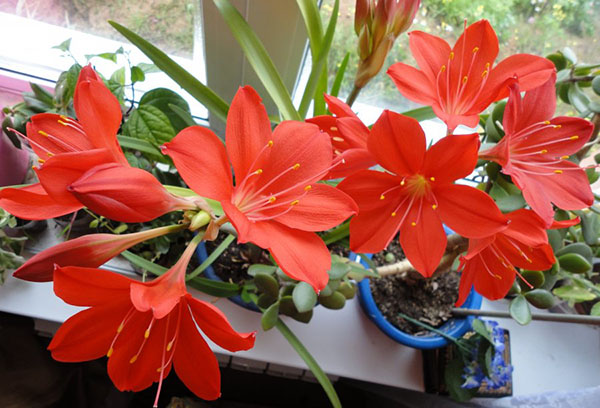
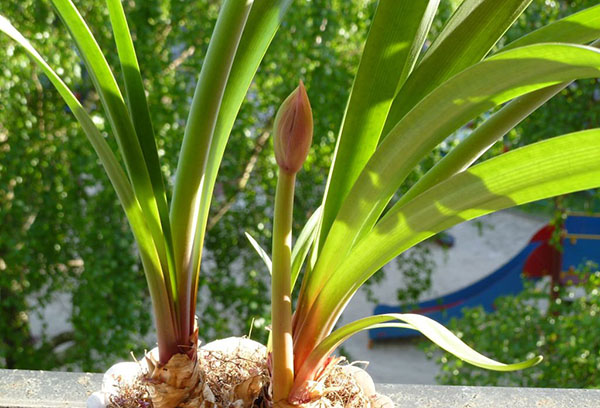
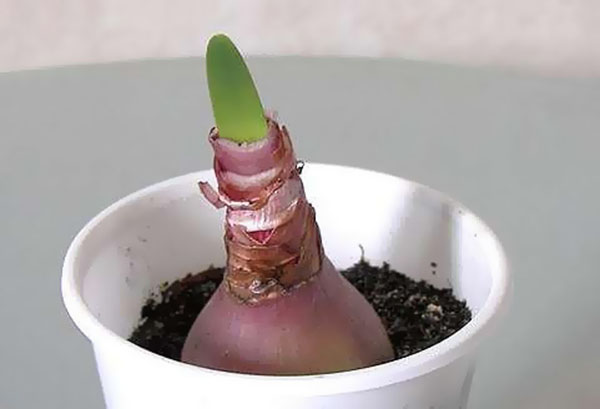
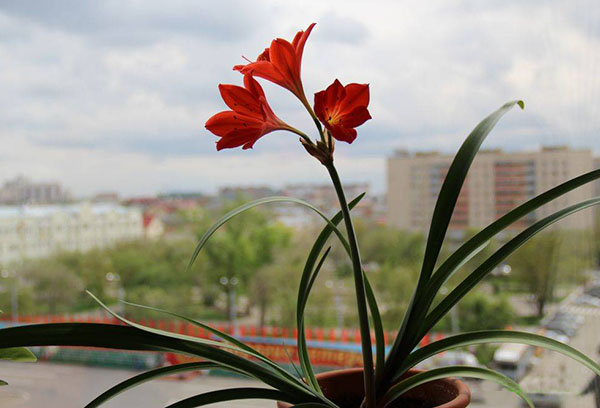
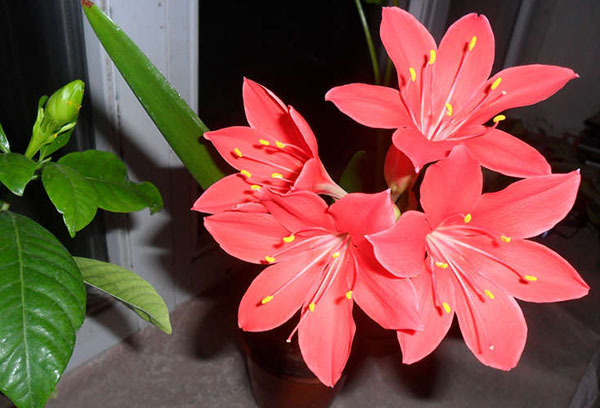
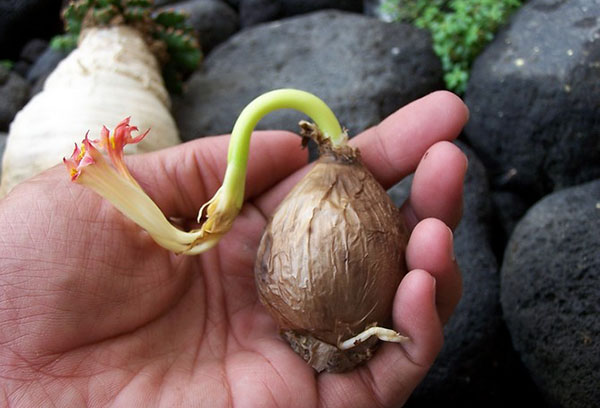
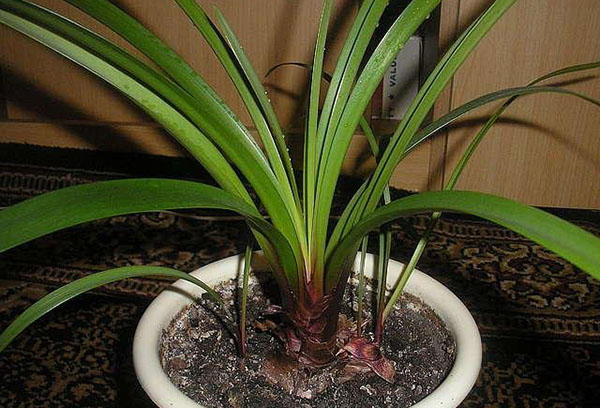
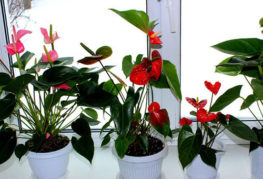
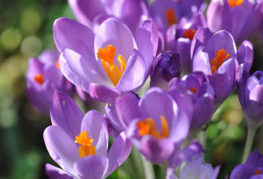
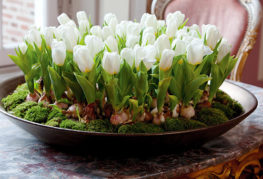
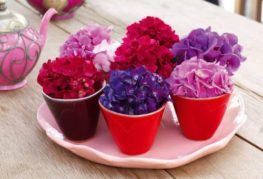
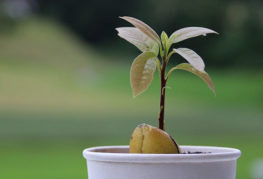
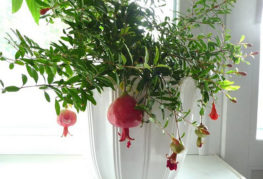
and will be published shortly.